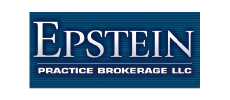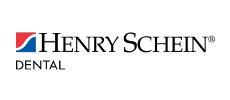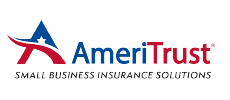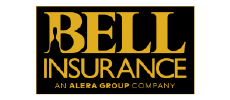Perfect Smiles Start With You
Smile Design Boot Camp is an intensive 4-day course that equips dentists with the confidence and knowledge to incorporate techniques for single-arch and full mouth rehabilitation into their practice. Sign up to secure a spot!
It's a NEW Convention!
Registration is now open for NJDA’s Annual Convention in Bridgewater on May 16-17! Our annual gathering of the NJ dental community will feature top-tier CE courses on a wide range of topics, a rooftop party, and more.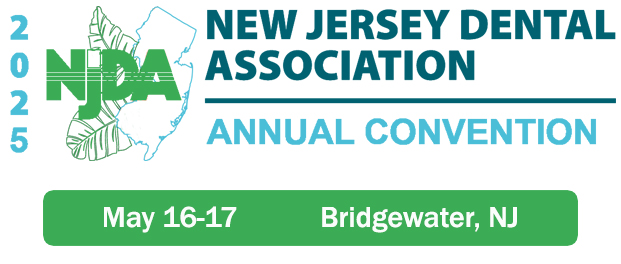
The Party of the Year!
The NDJA Celebration on May 16 is going to be huge! We are taking over the entire 7th floor of the AC Hotel including three bars, outside patio, pool table, DJ and dance floor!
New Jersey Dental Foundation
Take a moment to learn more about NJDA's brand new initiative to help the public learn more and gain access to oral healthcare! Read the mission statement, governance, structure and more.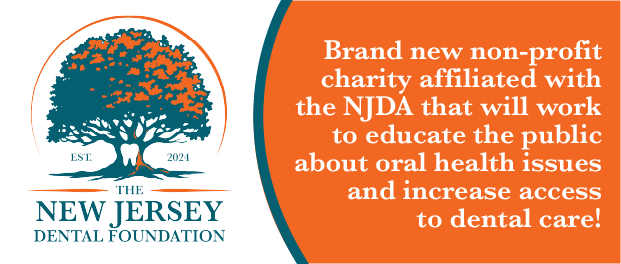
This is membership your way
Renew today to explore new lower membership costs and customization offerings.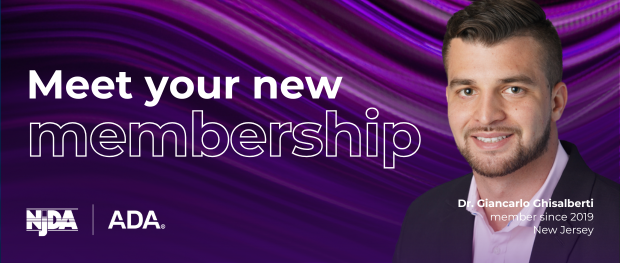
Helping Members Succeed
The New Jersey Dental Association is the voice of the dental profession and a strong proponent of oral health in the state. Members are part of a vibrant community of dentists encompassing 12 local dental societies as well as the American Dental Association. Members engage in educational programs, have access to dentist-centric relationships and tools to navigate the business of dentistry and their careers, as well as benefit from dedicated advocacy that protects the interests of the profession. The organization is run by member-dentists with the support of a team of professionals at NJDA Headquarters. NJDA members never practice alone!
UPCOMING EVENTS
DENTAL NEWS AND NOTES
Ergonomics of PPE
Ergonomics of PPE in the Operatory
Techniques for lifting a weight off your shoulders during COVID-19
The pandemic introduced a multitude of physiological and emotional risk factors, many of which can negatively impact dental team member’s health. Some of these risk factors we have little control over (heavy PPE, COVID safety precautions, anxious patients, social distancing, loneliness, financial strain, operatory scheduling); however, there are numerous techniques we can implement to mitigate their damaging effects on our bodies. With the introduction of numerous COVID variants, I suspect that N95 masks and heavier PPE may be here for a while longer.
One 2020 survey shows that since the pandemic, the frequency of headaches has increased by over 300%. In addition, the following symptoms were reported: mental fatigue, 68%; feeling dehydrated, 66%; exhaustion, 59%; dry mouth, 44%; and dizziness, 44%.1 (Guignon)
So what’s going on here? I’ve spent the last six months researching this question, and the results were fascinating.
Indeed, when wearing an N95 mask, your inhaled carbon dioxide level increases to 3%, according to a September 2020 article.2 (For comparison, your normal inhaled CO2 level is 0.04%.) Remember the Bohr Effect from your college physiology class? Hemoglobin releases oxygen in the presence of high blood CO2 levels.
Hence, since CO2 is the element that stimulates you to breathe, when wearing an N95 mask, your breathing rate increases due to the elevated CO2 levels. Now, both breathing rate and effort increase due to the feeling of ‘air hunger.’ What is the result of this faster, shallower breathing that causes acidosis?
Sweating, visual changes, headache, dyspnea, increased irritability, and decreased reasoning, alertness, and exercise endurance can result.2 A question that often arises is, “is this damaging my health”? Multiple N95 studies show that in spite of the increased CO2 levels, and subjective discomfort complaints, there was no “clinically relevant physiologic burden or damage in the subjects.” 4,5 (Ozdemir, Rebmann)
Nevertheless, these symptoms of heavy mask wearing are not comfortable, and they are exacerbating the (already problematic) incidence of work-related physical pain among dentists. My research revealed that a lot can be done to mitigate these symptoms by integrating several evidence-based techniques in the operatory.
One of these is the manner in which you breathe in the operatory. Consider nose versus mouth breathing: with nose breathing, you have the natural defense of nitric oxide in the nasal cavity which has anti-viral properties and can defend against respiratory tract infections. Mouth breathing offers no protection against inhaled elements in the air, and causes a 42% water loss compared to nose breathing. This can lead to dehydration, thirst and overheating.
So is nose breathing the answer to the adverse effects that dental professionals are experiencing with heavy PPE: headaches, exhaustion, dehydration, decreased cognition and dizziness? The answer is a resounding NO! It is the manner in which you nose breathe that can increase or worsen these symptoms. I am not referring simply to chest versus abdominal breathing, but ‘Relaxed Breathing’ versus ‘Stress Breathing.’
Stress breathing is fast, shallow, done through the mouth upper chest. On the other hand, relaxed breathing is slow, deep, soft and done through the nose and abdomen. The below exercise will help you become aware of how you can easily implement relaxed breathing in the operatory to decrease headaches, dehydration, dry mouth, decreased cognition and physical exhaustion.
Exercise
Place one hand on your stomach and imagine your lungs divided into 4 parts, from the bottom up.
As you inhale, think of three things:
- Breathe in deeply, into your lower abdomen, filling the area under your hand.
- Breathe in softly that you can’t even hear the action occurring.
- Breathe in slowly, only 6 breaths per minute.
Now inhale and fill the lower ¼ of your lungs, and hold for 4 counts. Inhale again and fill the next ¼ of your lungs, and hold for 4 counts. Inhale again and fill the next ¼ of your lungs and hold for 4 counts. With the last breath, you will fill your entire lungs, and hold for 4 counts.
Repeat the process for exhaling.
You will find this exercise activates your parasympathetic nervous system (relaxation response), which can dramatically reduce the negative impact of heavy PPE in the operatory!
References
- Guignon A. Headaches, exhaustion, anxiety: The physical and emotional challenges of returning to work during the pandemic 2020.
- Davis B., Tsen L. Wearing an N95 Respiratory Mask An Unintended Exercise Benefit? Anesthesiology 2020 Sep;133(3):684-686.
- Matuschek C. et al. Face masks: benefits and risks during the COVID‑19 crisis. Eur J Med Res. 2020 Aug 12;25(1):32.
- Ozdemir L, Azizoglu M., Yapici D. Respirators used by healthcare workers due to the COVID-19 outbreak increase end-tidal carbon dioxide and fractional inspired carbon dioxide pressure. J Clin Anesth 2020 Nov;66:109901.
- Rebmann T, Carrico R., Wang J. Physiologic and other effects and compliance with long-term respirator use among medical intensive care unit nurses. Terri Rebmann J Infect Control 2013 Dec;41(12):1218-23.
Contact Us
Phone: 732-821-9400 or dial the Staff Directly
Fax: 732-821-1082 | Email: info@njda.org | Follow us @NJDentalAssoc
One Dental Plaza, North Brunswick, NJ 08902




